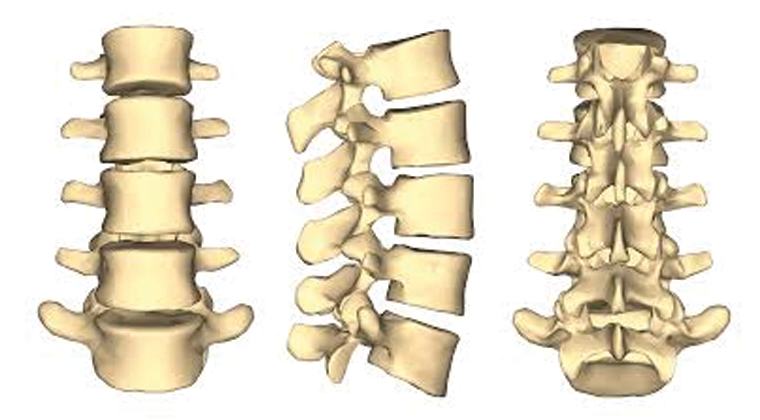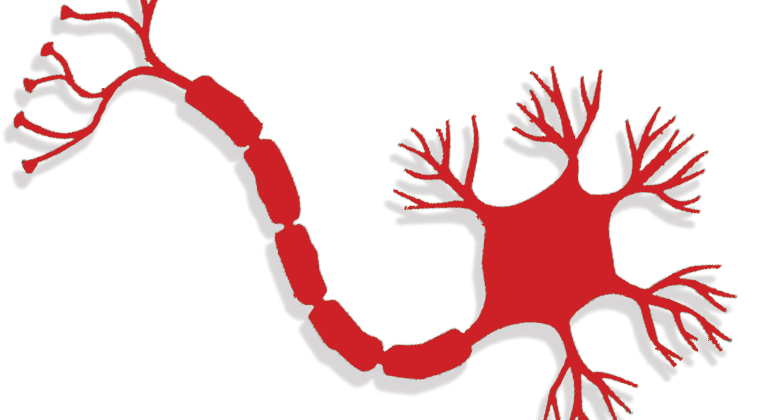Percutaneous Discectomy
What is the purpose of this procedure?
A discectomy is a procedure used to manage pain from bulging (herniated) discs in the spine. It involves removing the disc material to relieve pressure on your spinal nerves. This can help with sciatica – pain from the spine radiating down the legs due to irritated nerves. This procedure can often be performed percutaneously (through the skin) using small needles, rather than through surgery. Advantages of this are avoiding general anesthesia, shorter recovery times, and little to no scarring.
What are the risks associated with this procedure?
Risks are infrequent for this procedure. They include:
• Allergic reaction to dye or medication
• Nerve damage (spinal cord and nerve roots)
• Bleeding and bruising at the injection site
• Infection
• Discitis (infection in the spinal discs)
• No improvement or worsening of your pain (in some cases)
How should I prepare for the procedure?
• You must have a driver with you at the time of check-in and check-out. Your driver must accompany you to the clinic for your procedure. You can be discharged only to the care of a responsible adult driver 18 years of age or older.
• Do not eat within 6 hours before the procedure. Small amounts of clear liquids are ok up to 2 hours before the procedure. If you are a diabetic, be sure to discuss an eating and medication schedule with your doctor.
• You may need to stop taking certain medications several days before the procedure. Please remind the doctor of all prescription and over-the-counter medications you take, including herbal and vitamin supplements. The doctor will tell you if and when you need to discontinue the medications.
• It is very important to tell the doctor if you have asthma or had an allergic reaction to the injected dye for a previous radiology exam (CT scan, angiogram, etc.). An allergic reaction has symptoms such as hives, itchiness, difficulty breathing, or any treatment which required hospital stay.
• Tell the doctor if you develop a cold, fever, or flu symptoms before your scheduled appointment, or if you have started taking antibiotics for an infection.
What will happen during the procedure?
- The procedure is performed on an outpatient basis in a special procedure room equipped with a fluoroscope (x-ray). In the pre-procedure area the nurse or doctor will place an IV line. This is used for fluids and an antibiotic.
- For your safety and comfort, when you get to the procedure room you will be connected to monitoring equipment (EKG monitor, blood pressure cuff, and blood oxygen monitoring device), and positioned on your stomach.
- Your back is cleansed with an antiseptic soap after which the doctor injects numbing medicine into your skin. This will cause a burning sensation for a few seconds.
- The doctor will then carefully direct a needle with help of the fluoroscope (x-ray) to the level of the disc. A special probe is then placed through the needle. Once the correct position is confirmed, the probe is activated. This causes the tip to rotate. The doctor removes small parts of the center of the disc. This relieves pressure and reduces the disc bulge.
What should I expect after the procedure?
The whole procedure will take up to an hour. Afterwards you will spend 30 minutes in the recovery area before going home. The majority of patients have immediate relief following the procedure, but occasionally some soreness will occur at the procedure site. This should improve over the next 2–3 days.
Content supplied by:
Ronald Wasserman, M.D.
1.29.2020
Disclaimer: This document contains information and/or instructional materials developed by Michigan Medicine for the typical patient with your condition. It may include links to online content that was not created by Michigan Medicine and for which Michigan Medicine does not assume responsibility. It does not replace medical advice from your health care provider because your experience may differ from that of the typical patient. Talk to your health care provider if you have any questions about this document, your condition or your treatment plan. Patient Education by Michigan Medicine is licensed under a Creative Commons Attribution-NonCommercial-ShareAlike 3.0 Unported (CC BY-NC-SA 3.0) License. Last Revised 06/2018.



